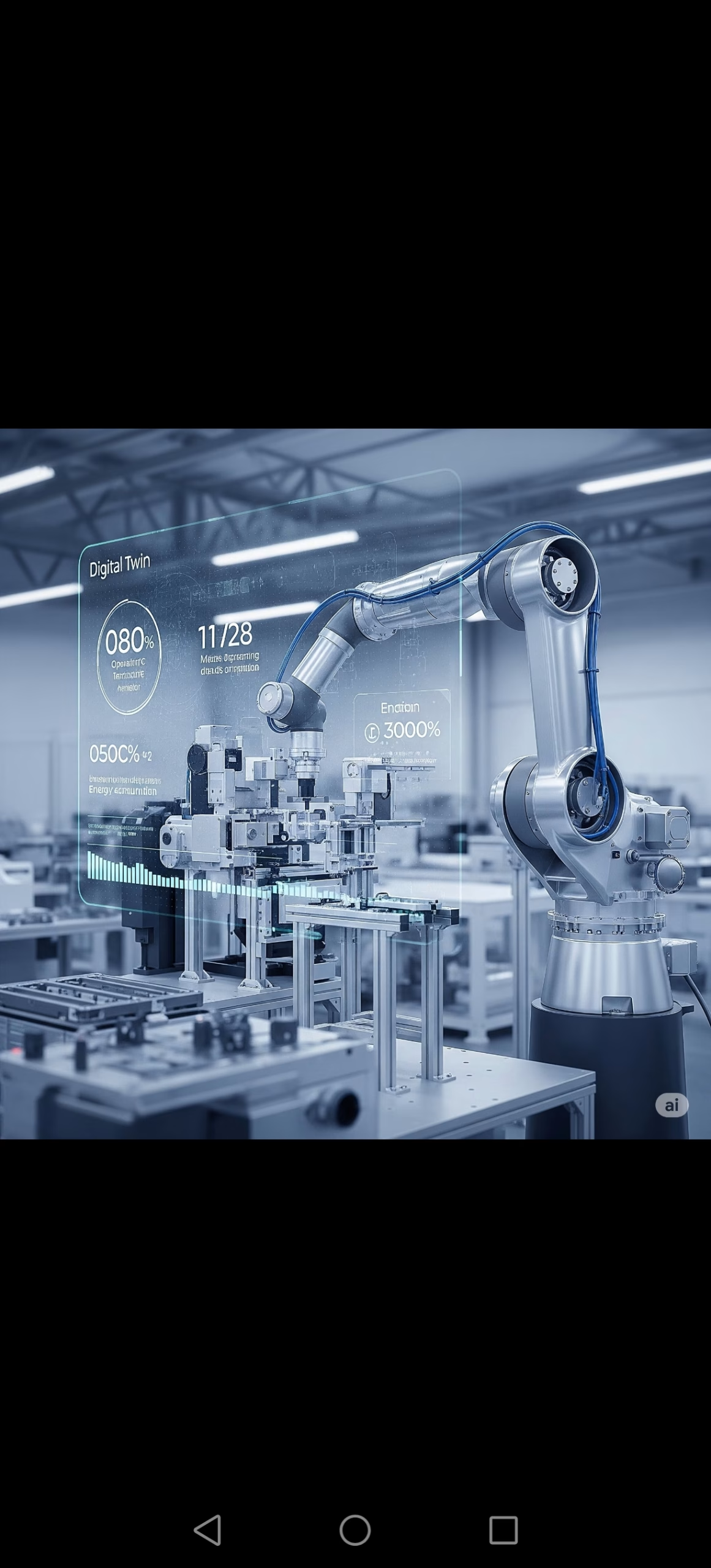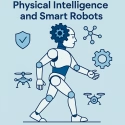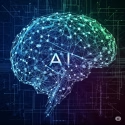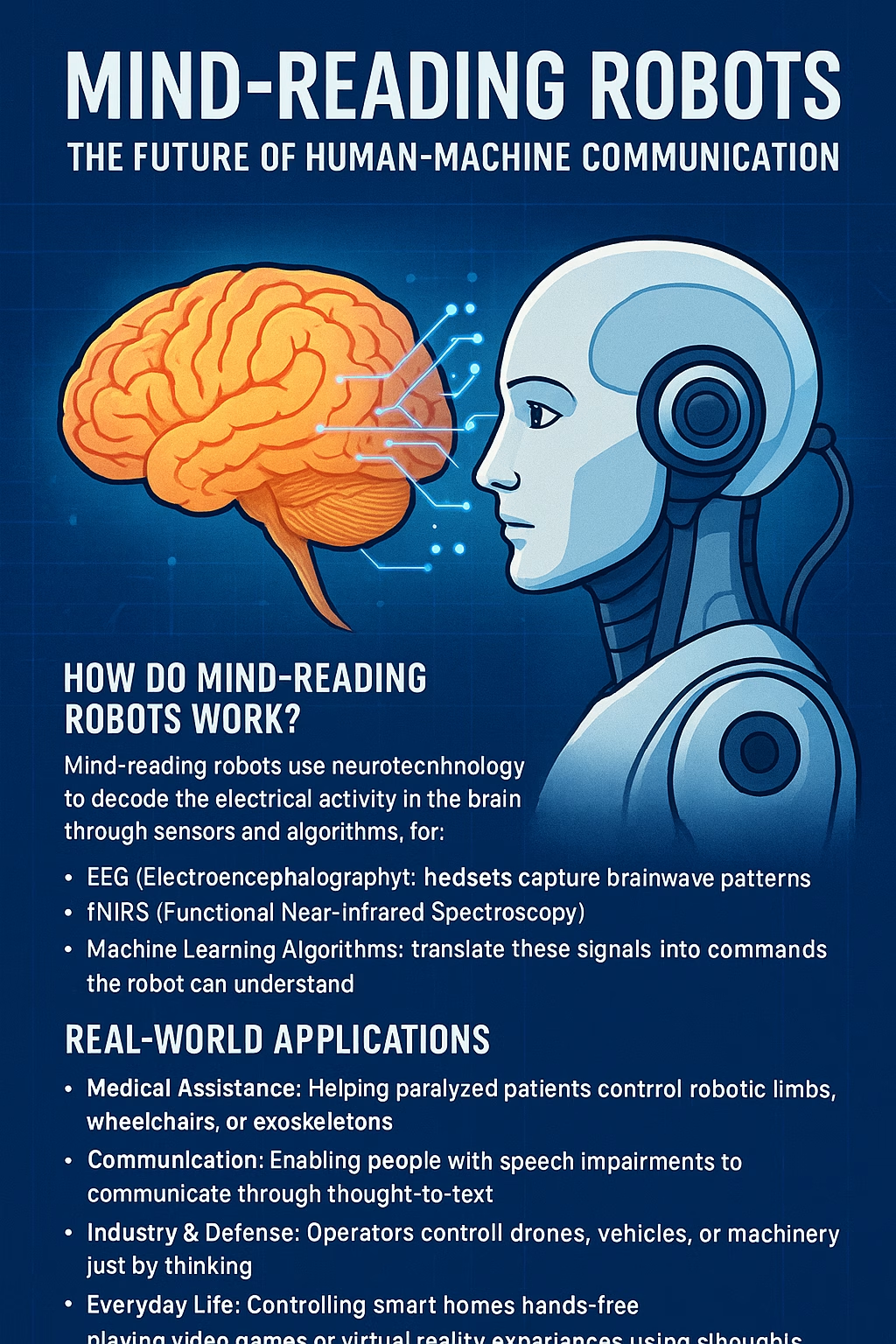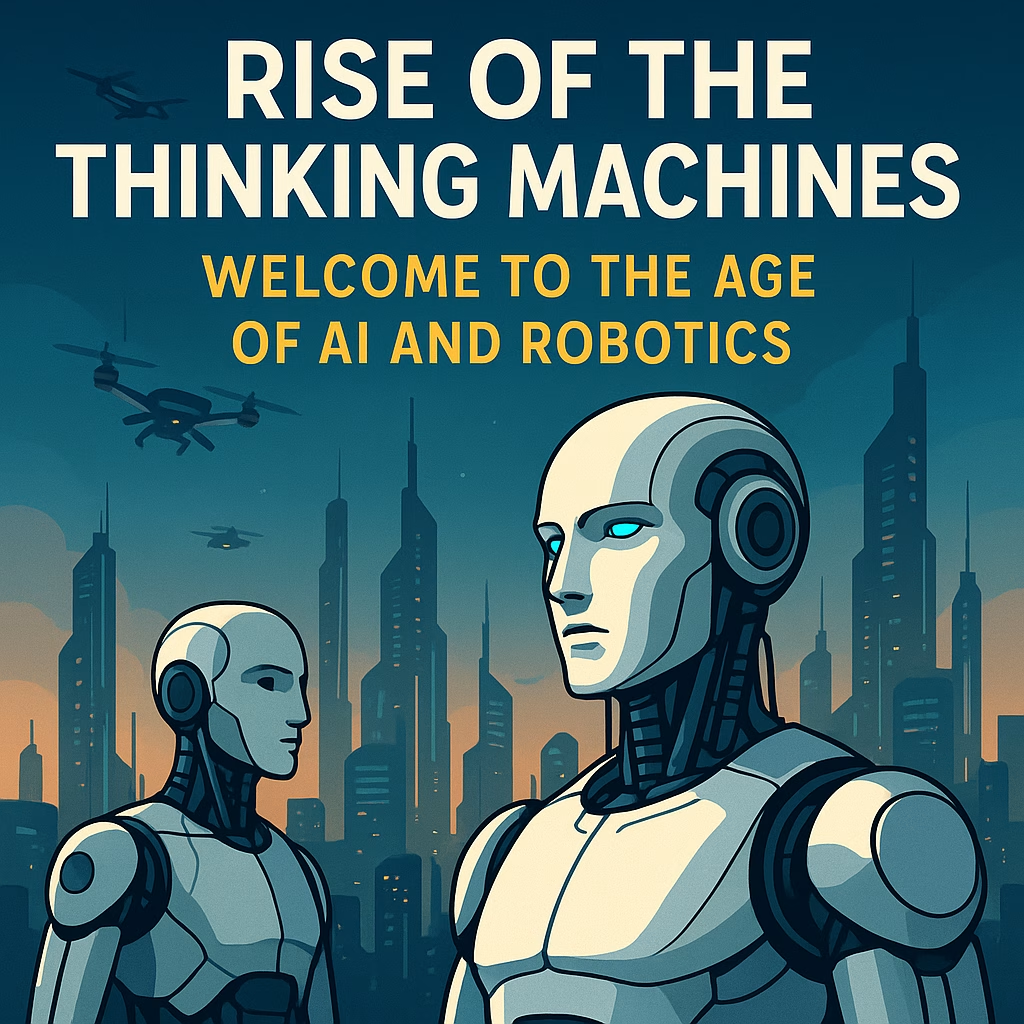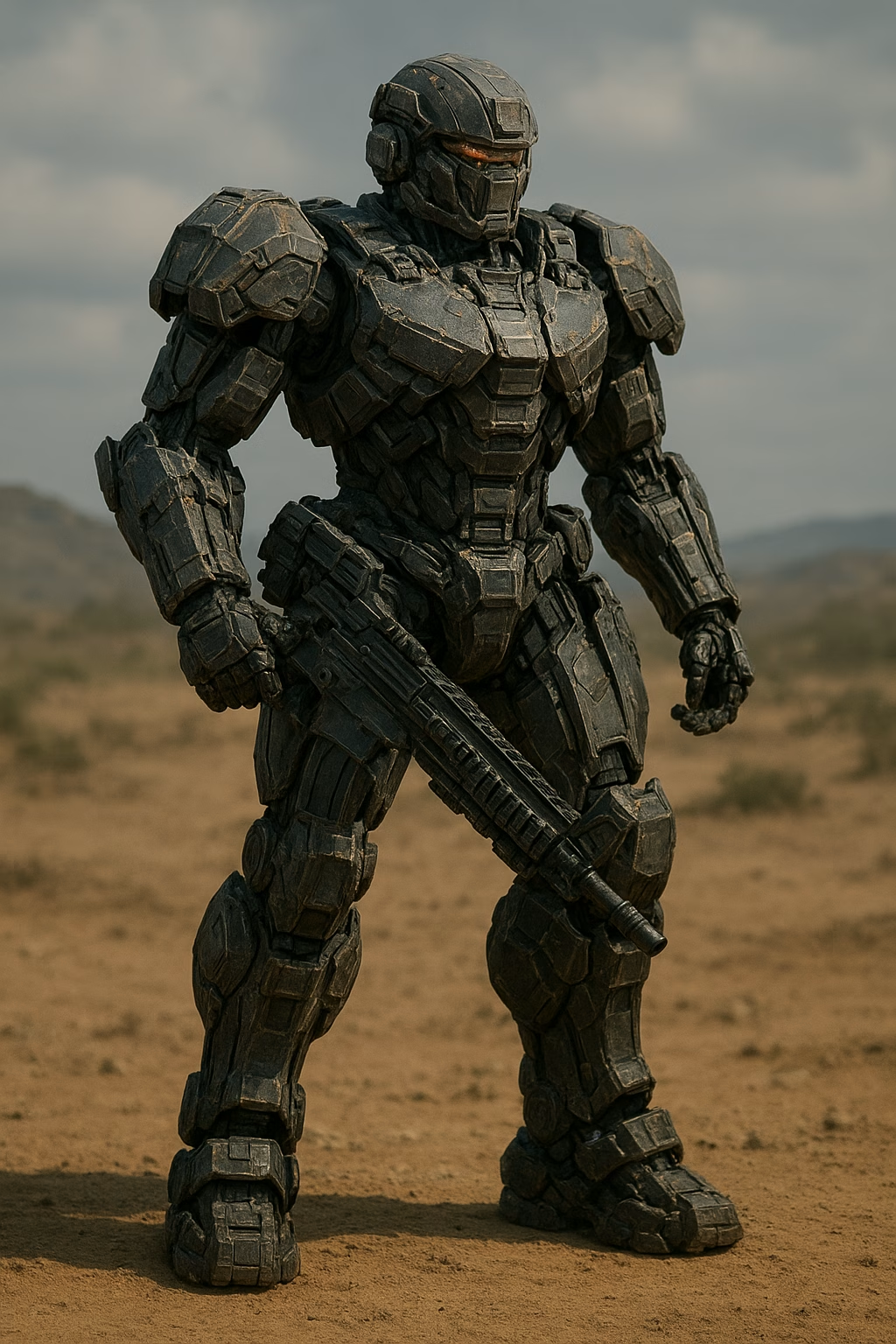What are Digital Twins?
A Digital Twin is a virtual replica of a physical object or system that simulates its real-time behavior using sensor data, machine learning, and AI algorithms. In the context of robotics, digital twins allow engineers to model, simulate, monitor, and optimize robot behavior in a virtual environment before applying it to the physical world.
Key Components of a Digital Twin in Robotics:
1. Physical Robot
- Sensors and actuators
- Embedded controllers (e.g., Raspberry Pi, Arduino, PLC)
2. Virtual Model
- 3D CAD model of the robot
- Kinematic and dynamic simulation
- Behavior modeling in real time (via tools like Gazebo, Unity, or MATLAB Simulink)
3. Data Bridge
- IoT integration (MQTT, ROS, OPC-UA)
- Real-time data flow between robot and twin
4. Analytics & AI
- Predictive maintenance
- Behavior optimization
- Machine learning-based decision models
Applications of Digital Twins in Robotics
🧰 Industrial Automation
- Simulate and test robotic arms for assembly lines
- Detect faults before they occur (predictive diagnostics)
🏥 Healthcare Robotics
- Twin of surgical robots for pre-op training
- Monitor wear-and-tear on prosthetic systems
🌎 Space & Exploration
- Simulate robotic missions (rovers, drones)
- Test interactions with unknown terrains
🏢 Smart Buildings / Infrastructure
- Simulate building-cleaning or inspection robots
- Optimize energy consumption with behavior analysis
Visual Example (For Embedding):
Caption: “Real-world robotic arm paired with a digital twin performing synchronization in real-time.”

Benefits of Using Digital Twins in Robotics
- ✅ Faster prototyping and testing
- ✅ Reduced cost and downtime
- ✅ Improved accuracy in prediction and control
- ✅ Enhanced training for operators and AI systems
Recommended Tools and Platforms
- ROS + Gazebo – for robot simulation
- Unity / Unreal Engine – for visual twins with physics
- ThingWorx / Siemens NX / Azure Digital Twins – for enterprise-level integration
Final Thoughts
Digital twins are rapidly transforming how robotics systems are designed, tested, and maintained. As we move toward Industry 4.0 and AI-integrated automation, mastering digital twin technology will become a fundamental skill for modern robotics engineers.
“The future of robotics isn’t just physical — it’s virtually powerful.”
Call to Action: Want to explore digital twins in action? Subscribe to our blog for hands-on project guides, simulation tutorials, and AI integration examples.
